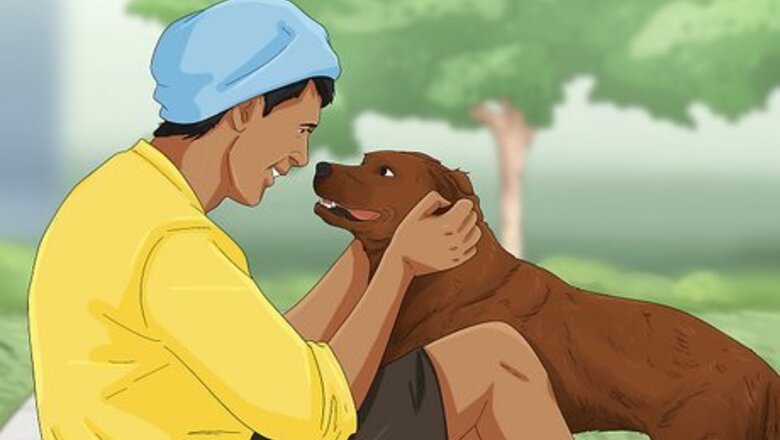
views
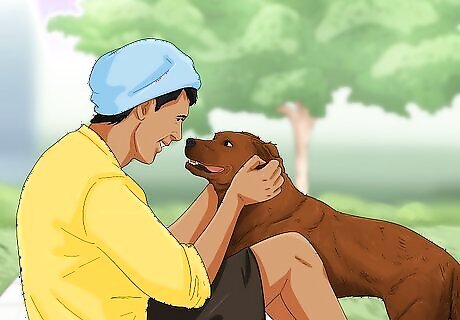
See your dog as a reflection of yourself. This is not required, but it does shed light on how the monks view and treat their dogs. "On a deeper level, when we pay close attention, dogs mirror us back to ourselves in unmistakable ways that, if we are open, foster understanding and change." "You can't become a better trainer without becoming a better human being."

Create a genuinely positive, encouraging attitude whenever you work with your dog. Dogs are very perceptive and will pick up on your negative emotions. Before training your dog, take a few deep breaths and clear your mind. Visualize the training session you're about to have with your dog. When you feel calm and ready, proceed.
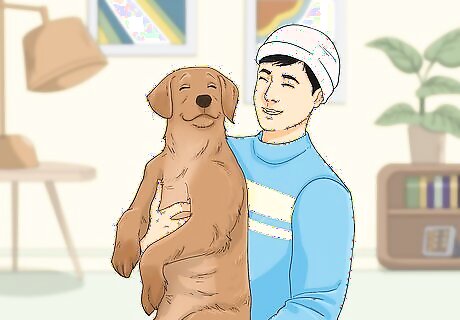
Include your dog in your life on as many different levels as possible. The more you can do to bond and spend time with your dog, the better. This is also a great way to incorporate training into your daily routine so that your dog has an easier time adjusting.
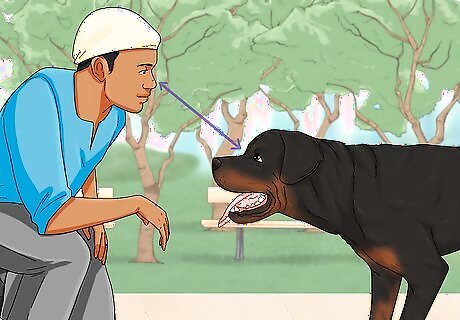
Use eye contact to communicate. Use gentle looks to foster acceptance and trust. Use piercing and sustained eye contact when your dog has done something it should not do, and knows it should not do (such as snapping at strangers).
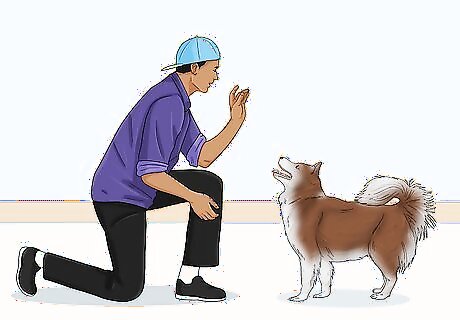
Approach training holistically. It's not just a set of exercises contained within sessions, though that is important.
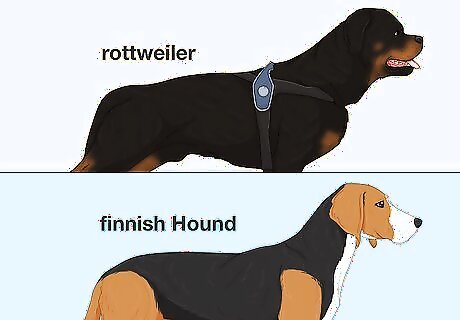
Understand your dog's roots. Learn about wolf behavior. Investigate the breed of your dog, and what that breed was intended to do.
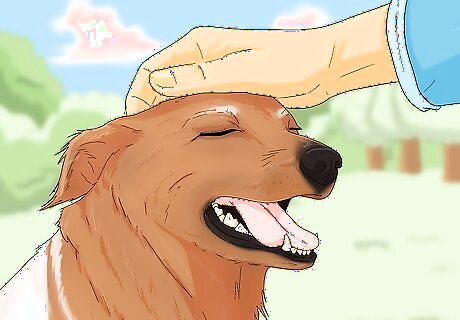
Use praise as a foundation, not just as a reward. Many people use praise to "bribe" their dog, and that's something a dog can easily see through. Praise your dog generously and genuinely. Find out what kind of praise animates your dog; experiment! Use both physical and verbal praise. Positive rewards are the best way to build positive behavior. "Praise is an attitude, a stance. Dogs who live in an atmosphere of praise come to love the human voice. They are more trusting and accepting. They are approachable by strangers but not demanding. Dogs confident of praise from their owners do not live o the edge of an emotional abyss, always seeking out attention and sulking when they do not get it. If praise is part of your attitude toward your dog, you have a rich and exciting relationship ahead."
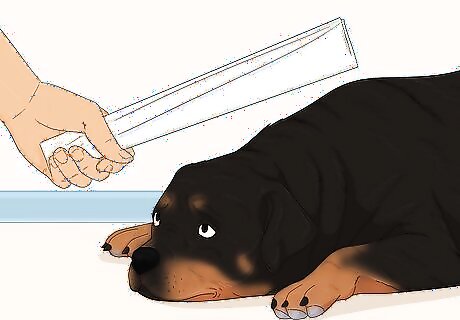
Use discipline with meaning and care. Never call a dog to you to discipline him. Always go to the dog, even if it means you have to chase him. Don't use objects to discipline or punish. Don't use your dog's name when correcting behavior. Discipline in proportion to the offense. Verbal discipline and leash corrections can fix most offenses. Make eye contact as you discipline. Be dramatic. Stop paying attention to the dog for about 30 minutes after a stern correction. Just be passive and avoid eye contact, you do not need to be aggressive or vocal at all. Then make up with your dog by taking him for a walk or giving him his favorite toy. It doesn't have to be dramatic, just resume your normal relationship. "Watch yourself - owners who are physically or verbally domineering wind up with cringing, neurotic dogs. Discipline, like praise, must be meaningful. It must communicate the owner's displeasure clearly, and on the dog's level of understanding and perception, for unacceptable behavior."
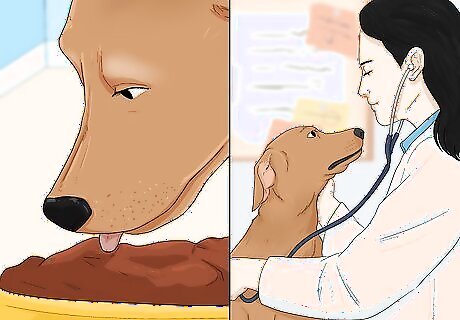
Keep your dog healthy.




















Comments
0 comment